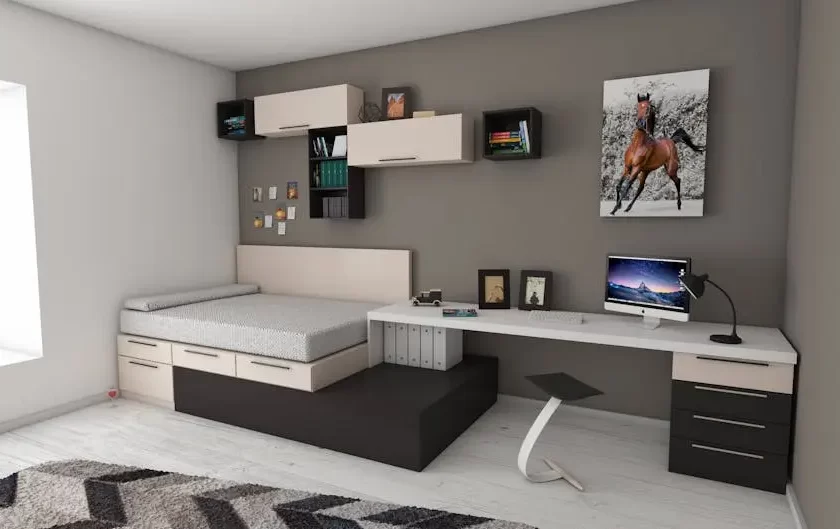
7 Simple Steps to a Hassle-Free Bed Frame Removal in the Bay Area
Removing a bed frame can seem daunting, especially if you’re doing it for the first time. But fear not! Whether you’re moving to a new place or just decluttering, following these straightforward steps will help you tackle bed frame removal with ease. Let’s simplify the process together!
1. Gather Your Tools and Supplies
Before you start, it’s essential to gather all the necessary tools and supplies. This may include a screwdriver, wrench, safety gloves, and a garbage bag to dispose of any debris. Think of this as your toolkit for success — the right tools can make all the difference. Having everything ready at hand will allow you to work efficiently without the interruptions of searching for what you need later.
Additionally, consider having a friend or family member on standby to assist you. Sometimes, an extra set of hands can be invaluable, especially when maneuvering larger components. So, grab all the items and prepare for a productive journey ahead!
2. Clear the Area Around Your Bed
To ensure a smooth removal process, clear out anything around your bed. This will give you ample space to maneuver and prevent any accidental damage to other items. Picture it: a clutter-free zone where you can operate freely. You’ll thank yourself later as you won’t trip over shoes or bump into furniture!
Remember to check under the bed, too! Sometimes, we hide items in those nooks, like stray socks or that book you thought you lost. Clearing these out not only prepares your space for the removal process, but also gives you a little unexpected tidying boost!
3. Disassemble the Bed Frame
Begin disassembling your bed frame by removing any fasteners. If your bed has slats, take those out first, followed by the headboard and footboard, ensuring you keep the hardware in one place. Organization is key! You wouldn’t want to misplace small screws or bolts, as they may play a role in future assembly.
As you work, take care to note how each piece fits together; this will be invaluable if you ever decide to reassemble the frame. Don’t hesitate to take pictures or make a simple diagram. A little prep work can avoid a headache later!
4. Safely Handle the Frame Components
As you remove each piece, be careful to avoid injury. Keep an eye on sharp edges or heavy components, and be sure to lift with your legs, not your back! It’s easy to forget these simple safety pointers when you’re excited to get the job done, but your health should always come first.
In addition to safety, consider where you place the removed components. Try to stack them neatly to avoid clutter. A little mindfulness in handling your bed frame pieces can prevent later frustrations when you realize things are misplaced or in the way.
5. Prepare for Transport or Disposal
Once disassembled, think about how you’ll transport or dispose of your bed frame. If you’re giving it away or selling, consider cleaning it up first. A little dusting can make a big difference in its appeal! If it’s damaged, check local disposal rules, as they can vary. Ensure you’re adhering to regulations to avoid any fines or inconveniences.
6. Clean Up the Space
After the bed frame is gone, take a moment to clean the area. This not only helps you evaluate your space but also prepares it for whatever comes next! A quick sweep can show you how much room you’ve freed up, giving you a fresh canvas to work with.
While cleaning, think about what you want in this newly open space. Maybe it’s time to change your decor or rearrange furniture? Let the emptiness inspire you and allow your creativity to flow.
7. Consider Donation Options
If your bed frame is still in good condition, think about donating it to local shelters or charities. Many organizations will even pick it up, making the process even easier for you. Imagine how excited someone might be to receive a sturdy, well-loved bed frame!
Before donation, ensure that it meets the organization’s criteria. Checking their requirements can save you time and effort. Plus, donating not only helps someone in need but also keeps your ecological footprint smaller by reducing waste.


